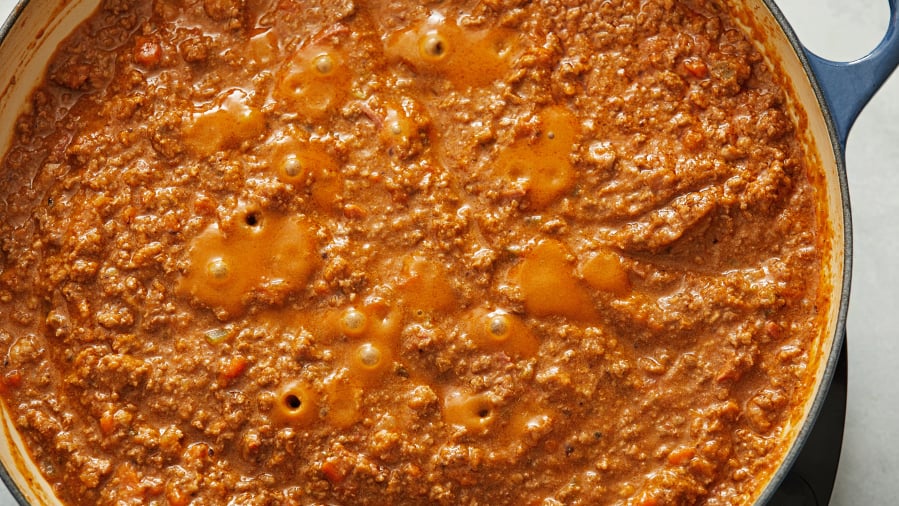It’s such a simple word: just four letters. And, yet, defining it is not so simple. What, exactly, is ragu? Is it a tomato sauce? A meat sauce? A brand name?
The quickest answer is yes. But the true answer, like the sauce itself, is more complex. True ragu is not something you pour out of a jar. It cannot be thrown together with ground beef and tomatoes on a Tuesday night. Making ragu is an artful, deliberate exercise that takes hours. It is among the most iconic Italian dishes, and it is not an exaggeration to say that throughout Italy it is the measure of a good home cook.
“In some ways, it represents the essence of the way we cook; simple to make, but only if the ingredients have been carefully selected, and as long as you take the required amount of time to make it,” says Angela Frenda, food editor at the Milan-based newspaper Corriere della Sera. “No shortcuts are accepted, Instant Pot or otherwise.”
At its most basic, ragu can be defined as a range of slow-cooked meat sauces typically paired with pasta. The most famous iterations are Bolognese ragu, the rich ground-meat sauce enhanced with milk and cream from the Emilia-Romagna region; and Neapolitan ragu, made by braising large pieces of pork, beef or a mix in tomato puree. Really, the two could not be more different.



